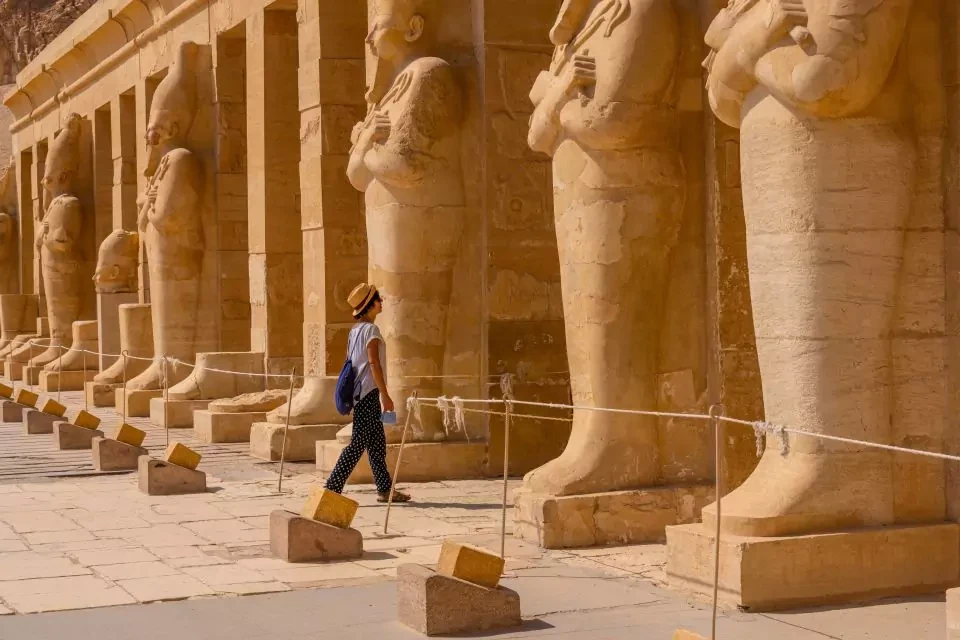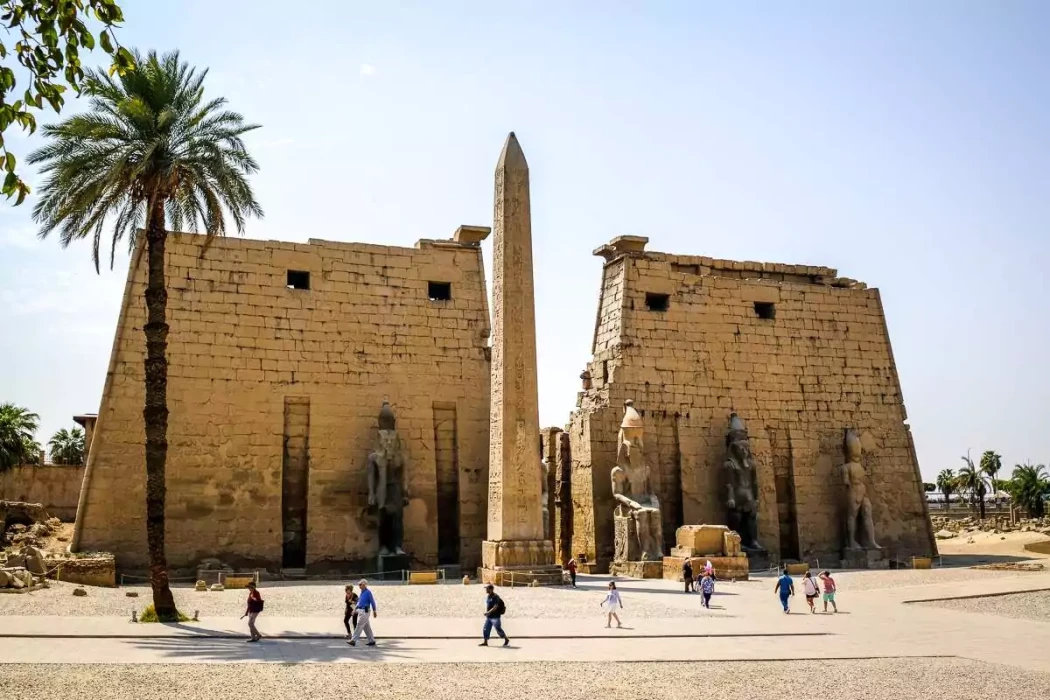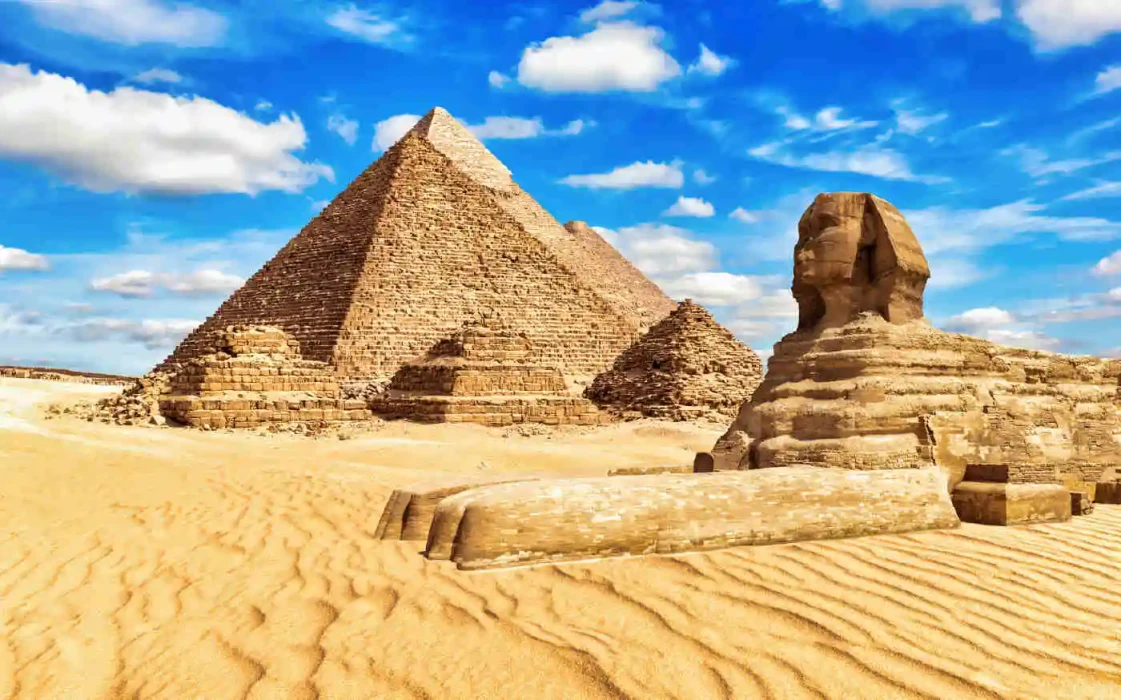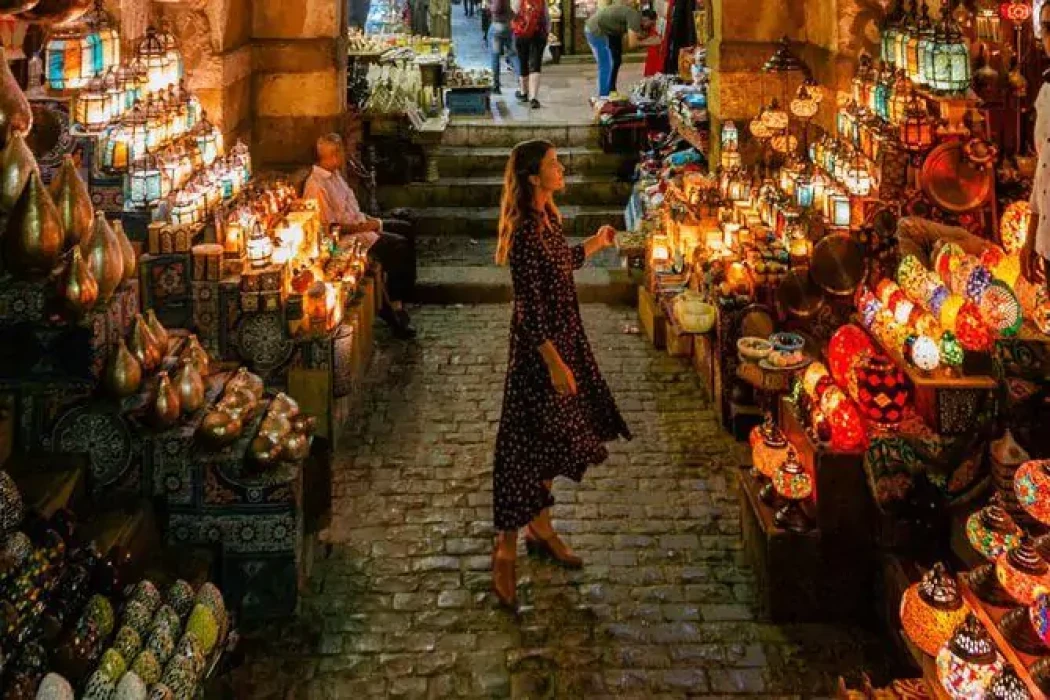
Luxor, previously called ‘Thebes’, is Egypt’s ancient treasure settled on the Nile. It is studded with history, starting from the towering temples to a sacred tomb for a novel experience of traveling in time. Luxor is an ideal base for those wishing to explore the richness of treasures through Luxor day trips, as it is situated on the eastern shore of the River Nile. Luxor contains great history and marvelously beautiful places, such as the Valley of the Kings, the Karnak Temple, and the Temple of Luxor.
Signs of the earlier dynasties were lost by the time travelers first reached Luxor, yet the temples and tombs that remain were fashioned and planned by monarchs to portray the days of their rule and to give glimpses of the culture and religion that was prevalent in ancient Egypt. Today, pensioners and families, couples, and youth from different corners of the world choose to go to these unique first examples of culture, which is as vibrant today as it was centuries ago.
Cairo can also help to offset the excesses of Luxor with such sights as the Great Pyramids of Giza and the Sphinx. Luxor is known to have a history very much related to Cairo when it comes to tales of pharaohs, dynasties, and various rituals. These cities constitute the core of Egyptian history; a cruise along the Nile with Egypt day tours takes users back into the ancient Egyptian era as well as the modern world.
The Ancient Heart of Luxor: Karnak Temple
Being one of the main landmarks in Luxor, Karnak Temple is one of the most important religious buildings in Egypt. Reaching a surface area of over two hundred acres, this huge temple is one of the best examples of ancient Egyptian architecture. The temple complex is named after the New Kingdom, so as individual pharaohs added constructions including pylons, obelisks, and sanctuaries, the area became relatively large.
The hall of columns, largely an outdoor area, has some of the tallest carved with scenes that attract thousands of people to the temple annually. This part gives a timezone of the history at Karnak as it is illustrated with the god and goddess such as Amun-Ra as well as the powerful queens and pharaohs who used the place. This view shows how the spirituality of Luxor is represented in the eternal structure of the temple.
Luxor Temple: A Testament to its Royal Origins
Another wonder is that known as Luxor Temple, which is also located on the east side of the Nile. In its original and further development as a temple by Ramses II, it established the link to the divine sphere for kingship. As opposed to Karnak, none of the temple structures and courts, including the birth house and the temple gate at Luxor Temple, had been consecrated to particular gods and goddesses related to the kings. However, any political activities were not restricted to the outer courtyard, but the temple became a place for both political and religious events.
Luxor Temple is still carried out today during Egypt’s annual celebration, the Opet Festival, which has been practiced since the ancient period, where statues of gods Amun, Mut, and Khonsu are wheeled out on floats. Some Egypt tours also involve night tours, such as at Luxor Temple, where the medieval influence situated in the columned archway provides a great view of the illuminated statues of the temple. When one is in Luxor Temple, he or she gets the impression that the past is very much alive.
The Valley of the Kings: The Royal Burial Grounds of Ancient Egypt
The valley where the Kings of Egypt are buried is in the west of the Nile river. It also encompasses over 60 tombs with elaborated hieroglyphics, showing the path towards the afterlife. Among the most famous is the tomb of the boy king Tambure, this tomb is still one of the most significant discoveries of Egypt.
Tourists visiting Luxor for the day trip will get to see the eternal life and protection engraved on the walls of the tomb. Each tomb is different in the way that they were built and the status, character, and faith of the pharaoh entombed in it. Still, the Valley of the Kings is much more than just a cemetery; it is a symbol of great Egyptian respect towards its kings and their afterlife.
Cairo’s Gems: The Pyramids and Sphinx
While Luxor will have the essential temples of Egypt, Cairo is the guardian of its oldest secrets. The Great Pyramids of Giza, a few kilometers from Cairo, are among the most famous structures anywhere in the world. Such enigmatic structures date back to 4000 years of human existence. Beside the great Pyramids of Giza there is the Statue of the Sphinx, an entity that has always provoked interest.
These are not just the architectural marvels in Cairo; they are the pride and enigma of Egypt. In general, the dessert trips in Cairo consist of a visit to the Giza Plateau, within which you can wander freely near these ancient structures and appreciate how they have remained strong and immense. A ride by the Nile from Luxor to Cairo, or vice versa, is not a voyage; it is an experience of the cruise through one of the oldest civilizations.
This aspect provides the best view of the ancient Egyptian civilization through the wise combination of architectural masterpieces, religious themes, and pharaonic culture. Luxor day tours offer such a chance for tourists to touch this history, to walk in the very same places that kings walked and view buildings that are still standing today. Today, the modern Egyptian society continues to expand and with it, these historical icons are alive to their past as grand monuments proudly facing the Nile, eager to narrate their stories to the world.
 English
English
 français
français
 español
español



































-webp.webp)









